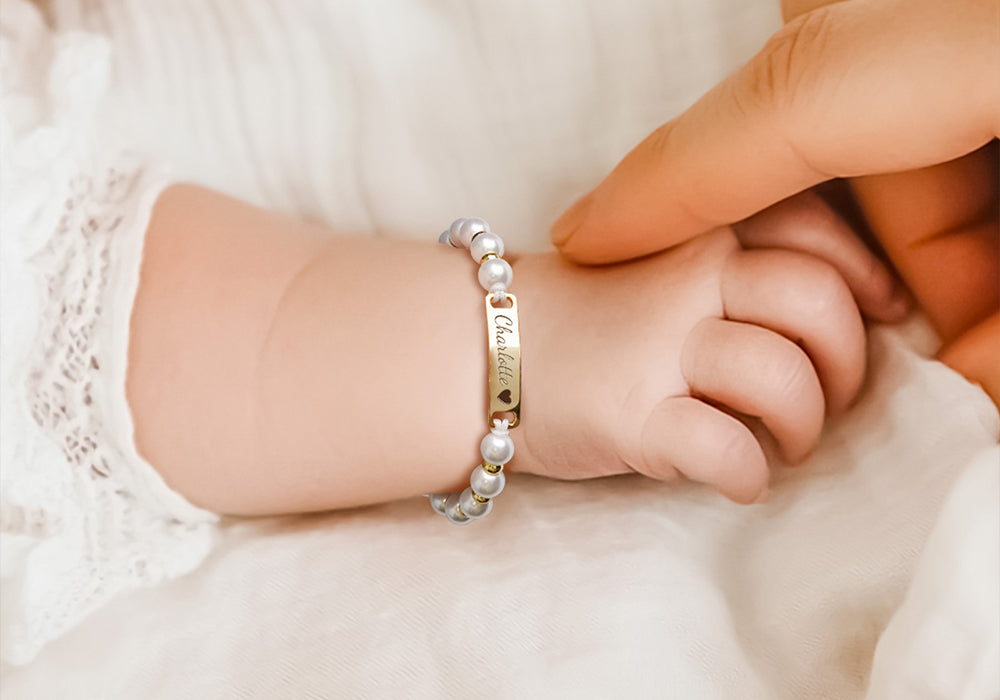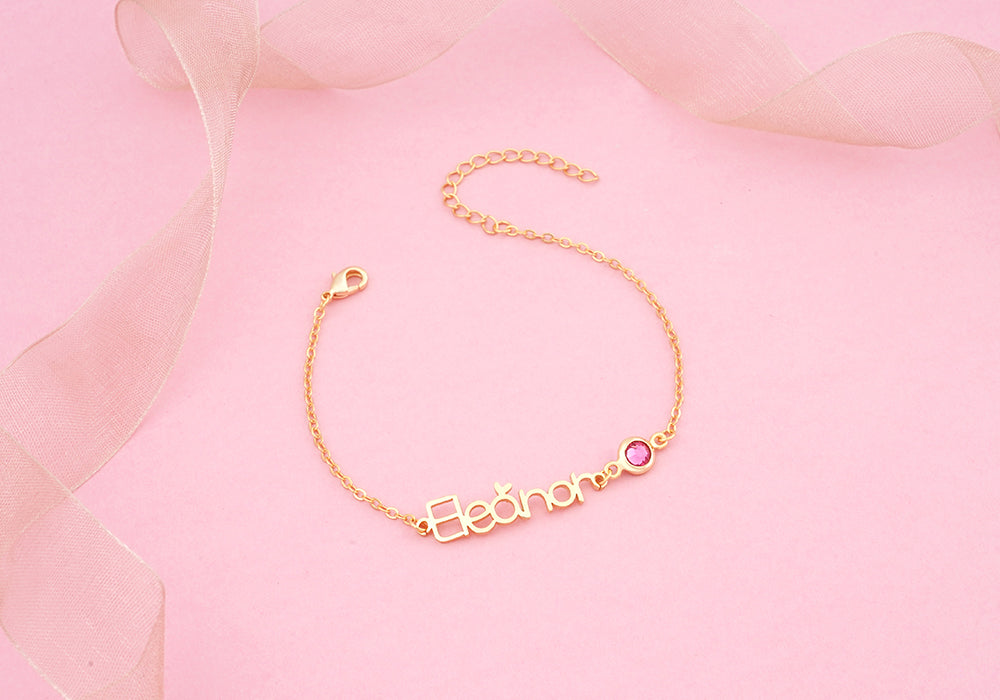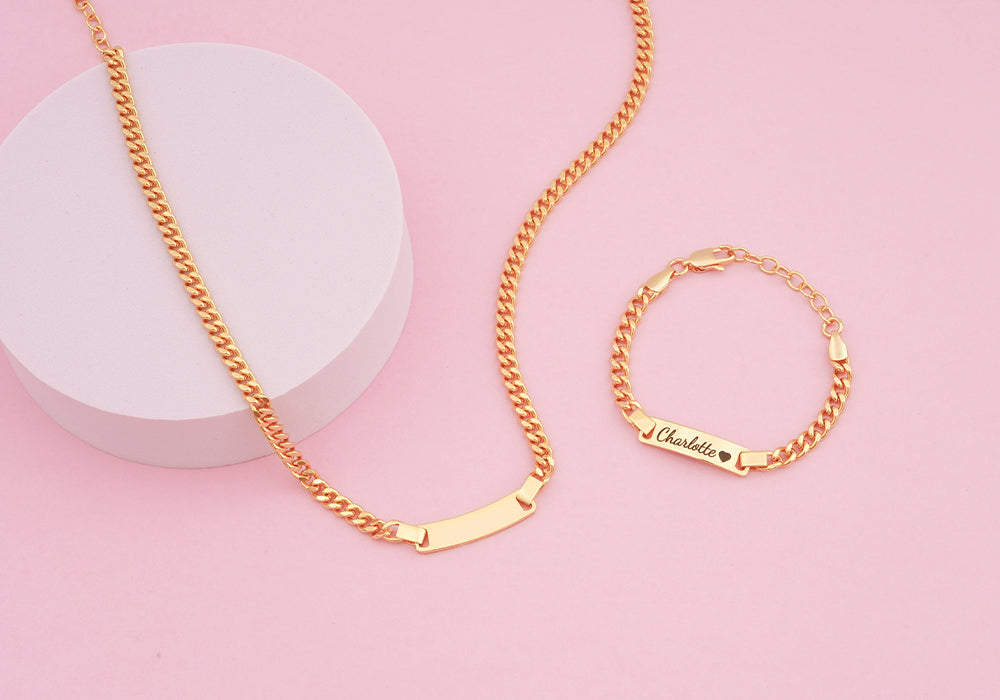Why Kids Need to Wear Jewelry: Encouraging Self-Expression and Confidence
Jewelry has long been associated with style, status, and personal expression. While traditionally seen as accessories for adults, jewelry also holds a significant place in children's lives. Whether it's a bracelet, necklace, or ring, wearing jewelry allows children to explore their creativity, build confidence, and connect with cultural traditions. This article explores why kids need to wear jewelry, highlighting its role in child development, cultural identity, and social interaction, while also considering ethical factors.
The Role of Jewelry in Child Development
Jewelry offers children a unique way to express their creativity and individuality. Through selecting and wearing different pieces, kids can showcase their personal style and preferences. Jewelry allows them to explore colors, shapes, and designs, fostering creativity from a young age. This form of self-expression is crucial for children as it helps them understand who they are and how they want to present themselves to the world.
Wearing jewelry can also have a positive impact on a child's self-esteem. When a child is allowed to choose their jewelry, it gives them a sense of autonomy and ownership over their appearance. This can lead to greater self-confidence, as they feel proud of their choices and how they present themselves. Jewelry, therefore, becomes more than just an accessory; it becomes a tool for building self-worth and personal pride.
Introducing children to jewelry can also teach them responsibility. By entrusting them with pieces of jewelry, whether inexpensive or valuable, children learn to take care of their belongings. This experience can instill a sense of responsibility and help them understand the importance of looking after their possessions. Over time, this practice can foster a stronger sense of accountability, which is beneficial in other aspects of life as well.
Jewelry and Cultural Identity
Jewelry often holds cultural and familial significance, making it an excellent tool for teaching children about their heritage. Many families pass down jewelry through generations as heirlooms, carrying stories and traditions with them. When children wear such pieces, they connect with their family history and feel a sense of belonging. These traditions help strengthen family bonds and preserve cultural heritage.
In many cultures, jewelry plays a significant role in rituals, celebrations, and daily life. Introducing children to culturally significant jewelry can help them understand and appreciate their heritage. Whether it’s a traditional piece worn during a ceremony or a symbol representing a cultural belief, jewelry serves as a tangible connection to their roots. Wearing such pieces can make children feel proud of their background and deepen their connection to their cultural identity.
Jewelry is often used to mark important milestones and ceremonies in a child's life. From baby bracelets given at birth to necklaces or rings received during coming-of-age ceremonies, these pieces serve as meaningful symbols of significant life events. These traditions allow children to feel celebrated and valued within their culture, reinforcing the importance of their role in family and community celebrations.
Jewelry and Fashion: Boosting Social Interaction
Jewelry can also be a bridge for social interaction among children. Sharing jewelry, whether it’s swapping friendship bracelets or gifting a necklace, can foster connections and strengthen friendships. These small acts of generosity and sharing build social bonds and help children develop interpersonal skills. Through the exchange of jewelry, children learn the value of giving, receiving, and mutual appreciation.
Children are often drawn to fashion trends, and jewelry is no exception. From colorful bracelets to themed necklaces featuring popular characters, kids' jewelry trends change with the times. By engaging in these trends, children can feel a sense of belonging and stay connected with their peers. Fashionable jewelry pieces also allow kids to express their individuality while staying current with popular culture, enhancing their social experience.
Jewelry can act as a great conversation starter for children in social settings. Wearing a unique or trendy piece of jewelry can attract compliments or interest from peers, helping shy or reserved kids engage in conversations. This ice-breaking effect makes it easier for children to connect with others, build friendships, and feel more confident in group settings. As such, jewelry can contribute positively to a child's social development.
Ethical Considerations for Kids' Jewelry
When choosing jewelry for children, it’s essential to consider ethical factors that can impact their health, safety, and the environment. Parents and guardians should ensure that the materials used are safe for children, sustainable, and age-appropriate.
One of the primary concerns is choosing safe materials. Children's skin is sensitive, so it’s crucial to avoid jewelry made from materials that could cause allergic reactions or irritation. Opting for hypoallergenic metals such as sterling silver, surgical-grade stainless steel, or nickel-free alloys can prevent potential skin issues. It’s also essential to avoid jewelry with sharp edges, small parts that can be a choking hazard, or toxic materials such as lead and cadmium.
In recent years, eco-friendly and sustainable jewelry options have become more accessible. Parents can choose from a range of ethical jewelry brands that use recycled materials or sustainable production methods. This not only ensures the safety of the child but also teaches them about the importance of making environmentally conscious choices.
Lastly, the design of the jewelry should be age-appropriate. Safety should always come first, so it’s crucial to avoid pieces that are too delicate or complex for younger children. For example, simple bracelets or necklaces with secure clasps are better suited for small children, while older kids may handle more intricate designs responsibly.
Conclusion
Jewelry offers much more than aesthetic appeal for children; it serves as a powerful tool for self-expression, cultural connection, and social interaction. From helping kids express their creativity and individuality to fostering responsibility and confidence, jewelry plays a multifaceted role in child development. Moreover, it bridges generations and cultures by passing down traditions and teaching children about their heritage.
By choosing safe, sustainable, and age-appropriate pieces, parents can ensure that their child's experience with jewelry is positive and enriching. Ultimately, jewelry becomes a medium through which children can explore their identities, celebrate milestones, and engage with the world around them, all while learning valuable life lessons along the way.




